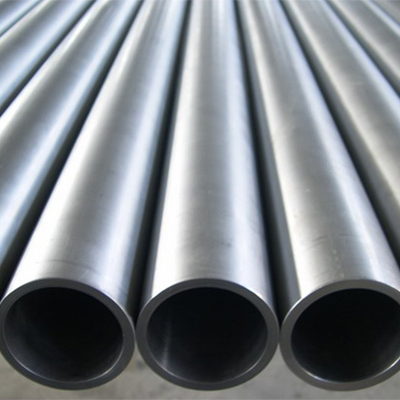Bridging Excellence: Collaborative Growth Strategies in the Steel Industry

In the vast landscape of industrial prowess, the steel industry stands as a cornerstone of modern civilization. From skyscrapers to bridges, automobiles to household appliances, steel's ubiquity is unparalleled. However, the steel industry's journey towards excellence and sustainable growth has been shaped not just by technological advancements but also by collaborative strategies that bridge expertise, innovation, and market dynamics.
A. Understanding the Steel Industry's Landscape
Before delving into collaborative growth strategies, it's crucial to grasp the nuances of the steel industry. Traditionally, steel production has been a capital-intensive and resource-demanding process. Factors such as raw material availability, energy costs, market demand fluctuations, and environmental regulations play pivotal roles in shaping industry dynamics.
B. The Shift towards Collaboration
In recent decades, the steel industry has witnessed a notable shift towards collaborative approaches to address complex challenges and capitalize on emerging opportunities. This shift is driven by several factors:
a. Globalization and Market Dynamics: The interconnectedness of markets and the rise of global competition have necessitated collaborative strategies among steel companies to enhance competitiveness and market share.
b. Technology and Innovation: Rapid technological advancements, including Industry 4.0 technologies, automation, and data analytics, have created opportunities for collaborative innovation and process optimization across the steel value chain.
c. Sustainability and Environmental Concerns: The steel industry faces increasing pressure to reduce its environmental footprint. Collaborative efforts enable the development of sustainable practices, resource efficiency, and eco-friendly production processes.
d. Supply Chain Integration: Collaborative partnerships along the supply chain, from raw material suppliers to end-users, enhance efficiency, reduce costs, and improve overall supply chain resilience.
C. Key Collaborative Growth Strategies
Research and Development Collaboration: Steel companies are partnering with research institutions, universities, and technology providers to drive innovation in materials science, process optimization, and product development. Collaborative R&D efforts lead to the creation of advanced steel grades, improved manufacturing techniques, and sustainable solutions.
Supply Chain Integration: Collaborative supply chain initiatives, such as vendor-managed inventory (VMI) programs and strategic partnerships with suppliers, streamline procurement processes, reduce lead times, and enhance supply chain visibility and agility.
Joint Ventures and Mergers: Strategic alliances, joint ventures, and mergers enable steel companies to combine resources, expertise, and market presence for mutual growth and expansion into new markets or product segments.
Technology Sharing and Licensing: Collaborative agreements for technology sharing, licensing, and joint development projects facilitate access to cutting-edge technologies, accelerate innovation cycles, and improve operational efficiencies.
Sustainability Initiatives: Collaborative efforts to adopt sustainable practices, such as energy-efficient production processes, waste reduction, and carbon footprint mitigation, contribute to environmental stewardship and meet evolving regulatory requirements.
Market Development and Customer Collaboration: Steel companies collaborate with customers, architects, and engineering firms to co-create innovative solutions, customize products, and address specific market needs, driving customer satisfaction and loyalty.
D. Case Studies in Collaborative Excellence
1. ArcelorMittal and ThyssenKrupp Collaboration: These industry giants collaborated on research projects to develop lightweight, high-strength steel solutions for automotive applications, meeting stringent performance and sustainability requirements.
2. Nippon Steel Corporation and POSCO Joint Venture: The joint venture between these Asian steel leaders resulted in the development of advanced steel technologies for construction and infrastructure projects, enhancing market competitiveness and product offerings.
3. Collaborative Sustainability Initiatives: Steel industry consortiums, such as the World Steel Association's Sustainable Steel Initiative, bring together industry stakeholders to drive sustainability agendas, share best practices, and promote responsible steel production.
Conclusion: Towards a Collaborative Future
The steel industry's journey towards excellence and sustainable growth is intricately linked to collaborative strategies that foster innovation, efficiency, and market responsiveness. By embracing collaboration across research, supply chains, technology, sustainability, and customer partnerships, steel companies can navigate challenges, capitalize on opportunities, and pave the way for a resilient and thriving future.










